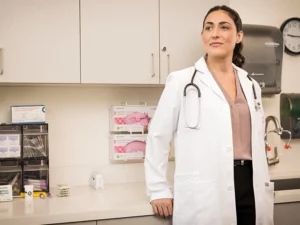Learn about the benefits, challenges, and specialties available using locums tenens for telehealth programs through Weatherby Healthcare.
Category - Healthcare Staffing Resources
How locum tenens can offer healthcare facilities an opportunity to increase their revenue using locum tenens.
Rural healthcare recruiting isn’t easy but following these strategies can help you leverage your healthcare facility’s strengths.
Understanding the relationship of patient experience to patient lifetime value can help you grow your healthcare organization’s bottom line.
As healthcare systems work to meet increasing demand, many leaders are exploring the role of advanced practice providers as part of the solution to the...
Two studies found that the quality of care provided to patients by locum tenens providers is comparable to care provided by employed physicians.
CHG Healthcare recently released its State of Locum Tenens Report, an in-depth look at the current landscape of locum tenens and healthcare staffing.
Experts share what health systems can do to improve engagement and increase retention rates among clinicians.
These practical tips can help your healthcare organization become more diverse, equitable, and inclusive in your recruiting efforts.
Staffing challenges have put a strain on healthcare organizations, but recruiters have found creative ways to overcome the physician shortage.










